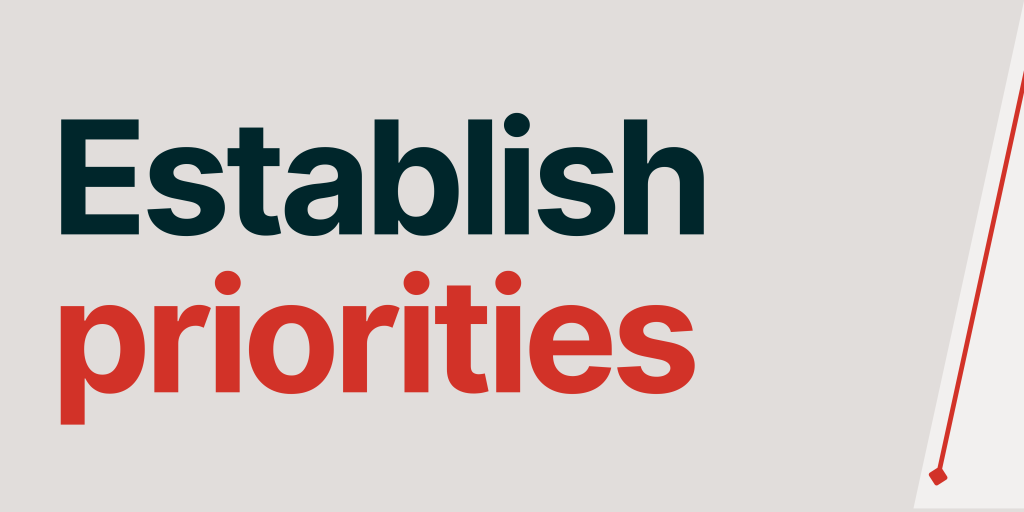2U, Inc. is the parent company of edX.
It probably comes as no surprise that one of the hardest parts of a job search is getting it started. Despite this reality, one old adage holds true: you have to start somewhere.
According to Tramaine Isaac, a career expert at 2U, Inc., one big mistake that job seekers often make is beginning the search without understanding their why.
Isaac suggests taking on a more tailored approach to the job search strategy:
Instead of applying to twenty jobs in one sitting, you are applying to five – keeping in mind that the five applications you are submitting are of better quality.
This strategy is called a proactive job search.
“In coaching hundreds of professionals, I hear the same thing all the time: I’ve applied for dozens of jobs and I haven’t heard anything back. What am I doing wrong? It’s not even dozens. Sometimes [it’s]: I’ve applied for so many jobs, 100 even at this point, and I haven’t heard back. So, for many jobseekers, it’s likely the fact that there is no intention or strategy behind the search process.”
In her recent workshop, Launch Your Job Search Today, Isaac examined the proactive job search process and its seven steps, which we have summarized below.
For quick access to job search specific material, check out the sources listed below. Visit the Career Engagement Network to find more resources, events, and workshops.

1. Time to brainstorm.
Ask co-workers, friends, family, and those that know you best about your strengths.
Reflect on previous roles and the successes that you had in those positions.
Make lists of skills that you have, skills that employers look for, and merge those to create a working inventory of in-demand skills that you bring to the table.
Make sure to focus on transferable skills, industry-specific skills, role-specific skills, and the unique skills listed on job requirements.

2. Look inward.
Think about what is most important to you in a career. This can be anything from commute times to sick leave to company swag.
Once you have reflected, take time to jot down a list of criteria and non-negotiables for your future employer.
It is crucial that you are able to differentiate the things you desire from the things you require.
“This is time to think about what you want and what is essential. It’s easy to get wrapped up when you’re looking for a job and very, very tempting to just accept whatever is being offered to you. However, you have to own it, right? Own the fact that you are an asset, that you have valuable skills, and that you are interviewing the organization as much as they are interviewing you.”

3. Shake it up.
Explore different job boards and search engines to discover titles of interest – that way when you sit down to apply, you will know exactly where to get started.
Websites like LinkedIn and Glassdoor are great resources for finding job titles and figuring out what they entail.
“Companies have really funny ways of naming their jobs. So, you may have a specific title in mind, but at a different company, that title for a very similar position, doing very similar work may be totally different. So, the way that you go about identifying titles and jobs that you want to apply for, you might have to shake it up a bit to make sure that you’re getting a really broad view of the different titles that are out there in your field.”

4. Consider your possibilities.
Form a list of target employers.
This can include dream companies (and their competitors), employers of your current connections, organizations that are actively sourcing, and local favorites.

5. Stack them up.
Once your target employer list is ready, come up with a numbers system to rank companies based on importance and accessibility.
Make sure to consider questions like:
- Are these companies currently hiring?
- Would you have to relocate?
- Is the company a startup with a small budget?
- Do you know someone at said company?

6. Prepare to take action.
Taking a look at your list and its rankings, assess your own levels of motivation.
Consider questions like:
- Are you ready to prepare materials?
- Do you have the time to set up and conduct informational interviews?
- Do you have the bandwidth to complete the application process in earnest?
“Some applications are quite lengthy, and this is something that I used to hear from our students all the time. Once you identify the priority, you know that they’re hiring. It’s in your wheelhouse. You have a connection there. Are you willing to sit down and do all of the different steps necessary to have a complete application? Right? If you are, again, that’s going to be high on your priority scale and you’re going to have the five, if not so much right now, today, maybe you give it two or three, and come back to it at a later time.”

7. Network!
Utilize LinkedIn to see if you know anyone personally at the companies you listed. Check for indirect connections or alumni from any schools or programs you have attended.
Look for any-and-all through lines, whether it be interests, hobbies, travel, etc. For resources and guides on how to network, check the list below.
“Networking is the number one, most effective way to find a job in all of the job markets – no matter what’s going on with the current job market. So, you’re nine times more likely to get a position through networking.”










